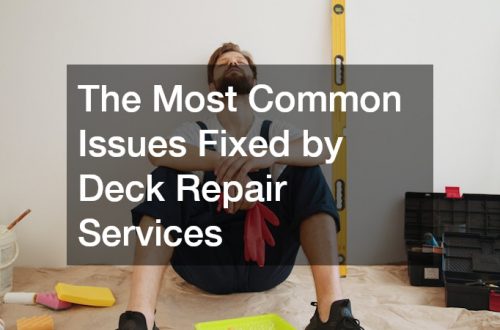
Knowing when to replace your roof is crucial for maintaining the integrity and safety of your home. Firstly, consider the age of your roof. Most asphalt shingle roofs have a lifespan of 20 to 25 years, while other materials like metal or tile may last longer. If your roof is approaching or has surpassed its expected lifespan, it may be time for replacement.
Secondly, inspect the condition of your roof regularly for signs of damage or deterioration.
Look for missing, cracked, or curling shingles, as well as bald spots where granules have worn away. These signs indicate that your roof is no longer effectively protecting your home from the elements and may require replacement.
Moreover, consider the frequency of roof repairs. If you find yourself frequently patching leaks or addressing other issues, it may be more cost-effective in the long run to invest in a new roof rather than continuing to make repairs.
Additionally, assess the extent of damage caused by severe weather events such as storms or hail. Even if the damage appears minimal, it can compromise the structural integrity of your roof and necessitate replacement to prevent further issues.
Roof replacement is a significant investment that requires careful consideration of various factors, including age, condition, repair history, and energy efficiency. Regular inspections and proactive maintenance can help you determine when it’s time to replace your roof and ensure the long-term protection and value of your home.






